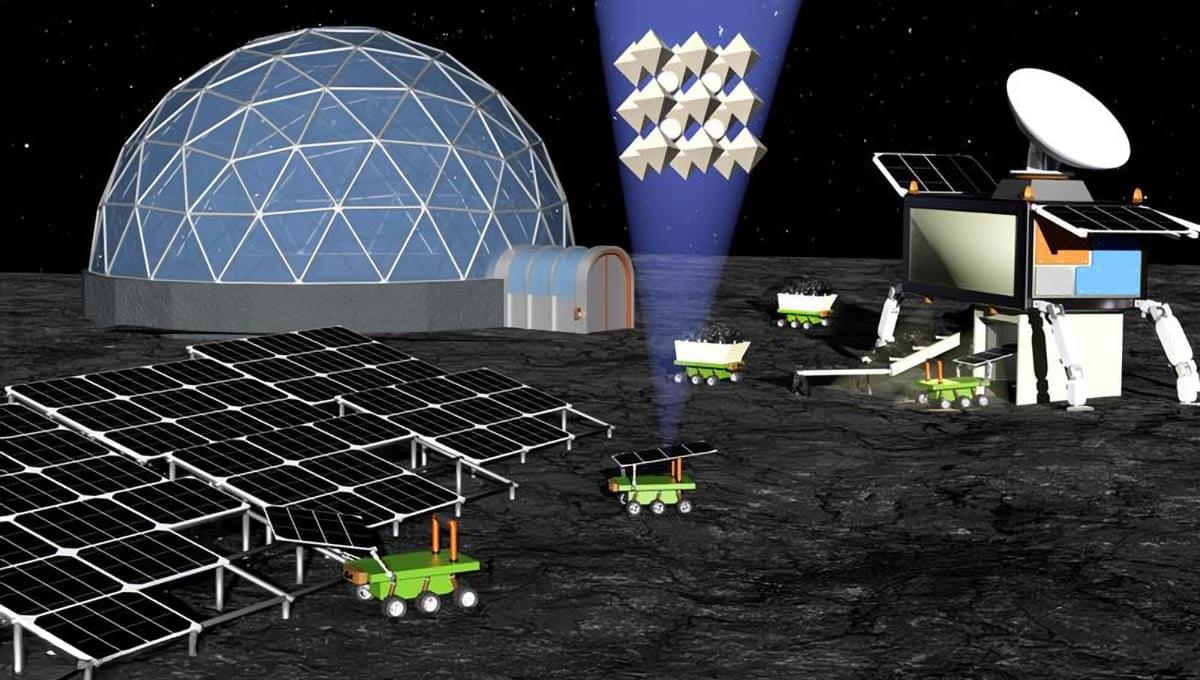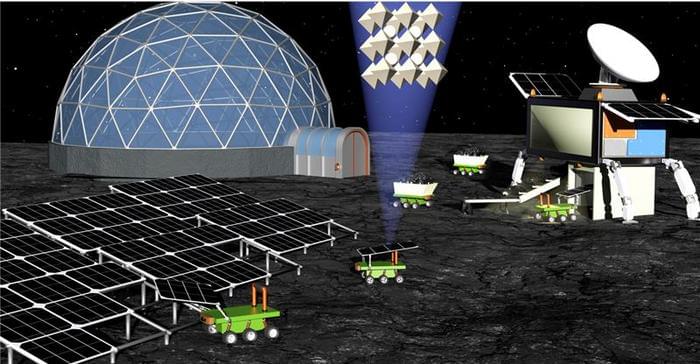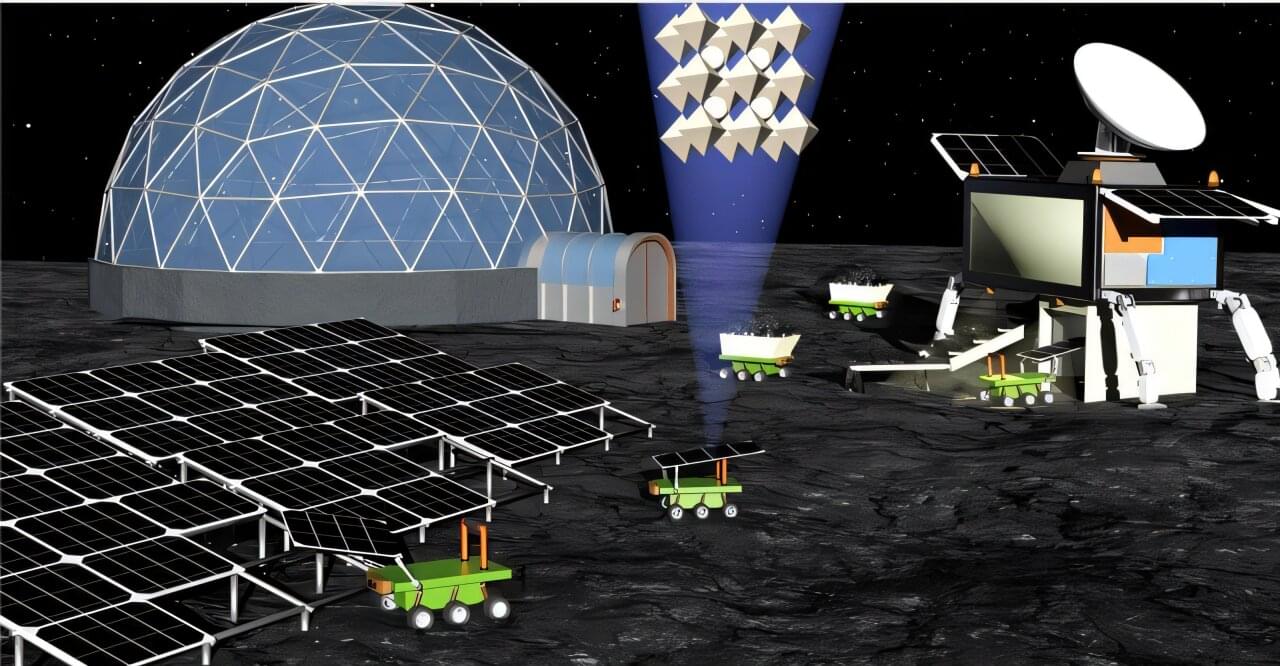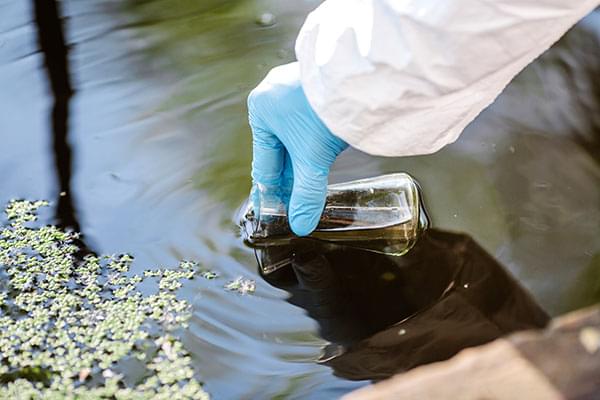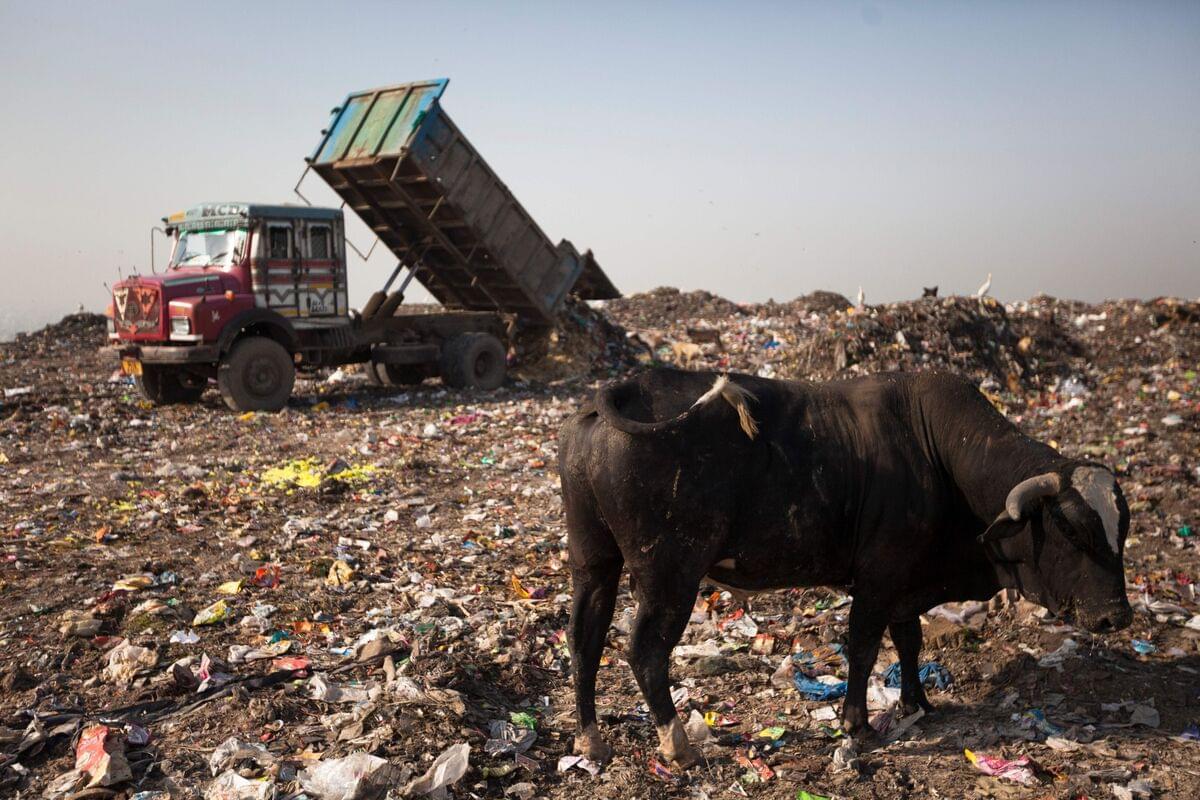The same dirt that clings to astronauts’ boots may one day keep their lights on. In a study published in Device, researchers created solar cells made out of simulated moon dust. The cells convert sunlight into energy efficiently, withstand radiation damage, and mitigate the need for transporting heavy materials into space, offering a potential solution to one of space exploration’s biggest challenges: reliable energy sources.
“The solar cells used in space now are amazing, reaching efficiencies of 30% to even 40%, but that efficiency comes with a price,” says lead researcher Felix Lang of the University of Potsdam, Germany. “They are very expensive and are relatively heavy because they use glass or thick foil as cover. It’s hard to justify lifting all these cells into space.”
Instead of hauling solar cells from Earth, Lang’s team is looking at materials available on the moon itself. They aim to replace Earth-made glass with glass crafted from lunar regolith —the moon’s loose, rocky surface debris. This change alone could cut a spacecraft’s launch mass by 99.4%, slash 99% of transport costs, and make long-term lunar settlements more feasible.

